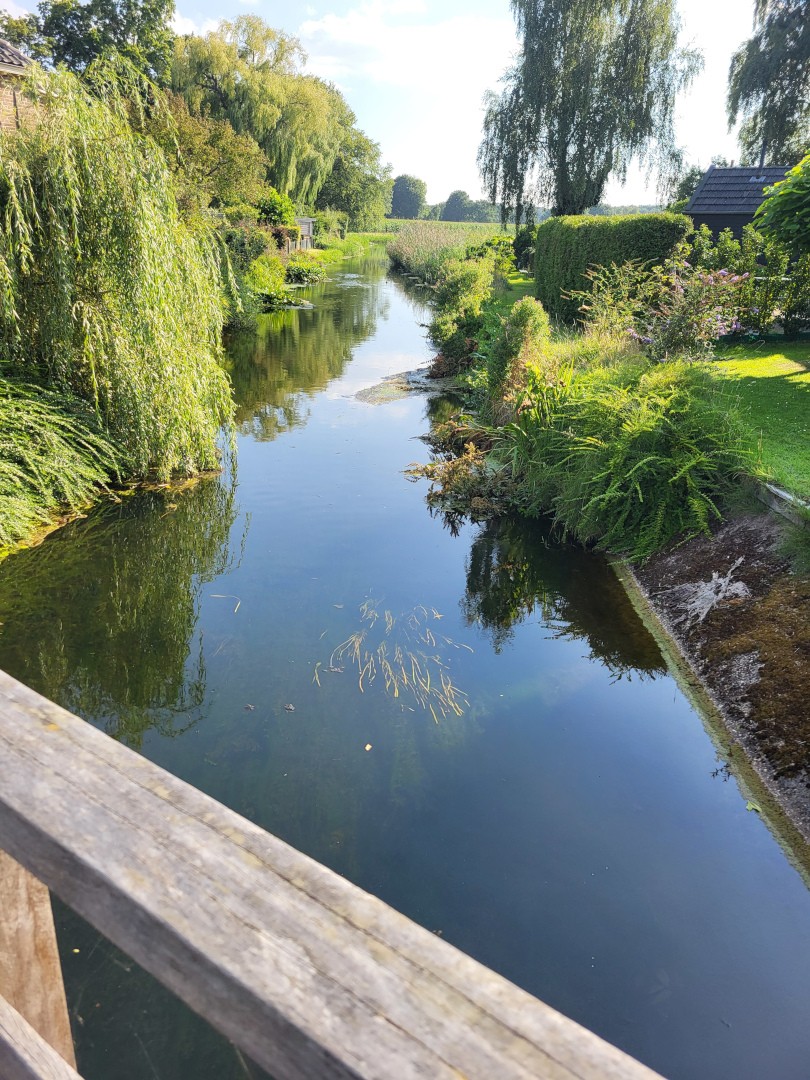Construction of these defenses was overseen from 1943 by Organisation Todt, initially using forced labor from prisoners of war as well as civilians from Deventer and the surrounding area. After the Allied airborne landings at Arnhem and Nijmegen on 17 September 1944, the work around Deventer was intensified. Additional laborers were brought in—people arrested during raids across the country—as well as large numbers of forced laborers and prisoners from Camp Amersfoort who were put to work along the IJssel River. The Organisation Todt headquarters for Deventer and the surrounding region was located in the requisitioned manor house Nieuw Rande.
The anti-tank ditch around Deventer ran from Brinkgreven to the Zandwetering. To make the Zandwetering near Diepenveen suitable as a tank barrier, extensive excavation work was carried out. At the bridges over the Zandwetering, concrete obstacles were erected on both sides of the road, with iron beams driven deep into the ground. Heavy beams could then be inserted between them to block passage completely. Starting in late 1944, artillery was placed at various locations in the village, and military shelters and latrines were dug.
Although the fortifications and gun emplacements were hardly used in combat, their presence—and the presence of German troops—did lead to several attacks and shellings in the area.
